I know it's common practice, and while there is more information being circulated to the general public which supports the idea that starting a horse at 2 years old is premature I still get a lot of questions posed to me relating to issues that come up in training the 2 year old horse under saddle.
Dr. Deb Bennett seems to have paved a road of awareness for many equestrians that a horse simply is not physically mature at 2 years to justify starting them under saddle and ‘saddling' them with the burden of a rider's weight. There isn't such clear advocates standing out who champion the horse's level of mental and emotional immaturity as clearly as Dr. Bennett, but there are many standing in the shadows and peeking around the corner.
To me it seems obvious enough why the average age is 2 years for horses entering under saddle training, why many riders and trainers balk at the thought of waiting until the horse has grown to 4 or 5 years (or later) before saddling them and sitting on their back for the first time. I can see the reason why, but I don't see it as a justifiable excuse.
Starting a horse at 2 years old is ‘simple' if you are relying upon force in your training (don't confuse this with abuse necessarily though). If you are using methods which rely on the horse's mental capabilities then starting a horse at 2 is a bit like shooting yourself in the foot because you aren't going to get anywhere fast unless your horse is like the genius kid who graduates college at the age of 10 (aka Doogie Howser Ph.D.) or is a member of MENSA.
Horse racing doesn't help either because it advocates starting yearlings under saddle and entering racing at two. As a sport more available to the general public it gives misinformation to the actual appropriateness of these practices to those not in the know. When a person without a background in horses and who has not had any formal training from someone who has the education to know otherwise decides to get a horse this misinformation only helps spur potential road blocks in the riding and training of their horse, while also leading to more injuries which could be preventable.
Futurities promote starting horses at an early age with big prizes, or at the very least helping to promote the stallion who sired the futurity winner. It is a big money game for many. For the average rider who is not showing their young horse in futurities, or at the races or for some other known monetary gain, this misinformation prolongs a process which has since gained the reputation of being dangerous, difficult and a necessary evil – that of ‘breaking' the horse under saddle.
Common problems that turn up for 2 year olds or otherwise immature horses being started under saddle is long, but if we understand the basic structure of how a horse copes with stress it makes it simpler to determine the problem and find a solution. The young horse bucks for example with the saddle but no rider, he is not ready to have a saddle on his back because the amount of stimulation was so great that it has elicited not only a response but an explosive one. See ‘Pressure and the Horse‘ (11/2007).
When a horse refuses to move freely forward, calmly (that's an important part), it is a sign that they are coping with an over stimulation of stressful elements. For example, a horse who falls over or begins to lose their footing (i.e. collapsing) with the saddle on or a rider is a huge indicator that the horse is so stressed he is literally giving up to die. This can be evidenced in all prey creatures once they move beyond flight and fight stages is that they give up and collapse.
In starting a horse at 4 or 5 or even later, the risk of losing a physical argument with the horse is greater… but at the same time the learning curve when appealing to the horse's mental capabilities is greatly diminished. This means that we have to train from a place of the mind rather than from a place of physical strength or intimidation.
That's a difficult because it's not in our nature. We're predatory creatures, and it's why we relate with other predatory creatures so well – cats and dogs. Dogs use intimidation tactics in order to control other members of the pack, when we train dogs we use intimidation tactics on order to gain obedience and submission. The problem of using this with a horse? Besides the fact that he overweighs and overpowers us in brute strength; it goes completely against the nature of the horse and his way of communication/interaction.
But still we try to use pain and intimidation through bits, spurs, tie downs, draw reins, scotch hobbles, etc etc. If we don't rely upon tack for physical domination we resort to other methods. Round penning a horse until they are tired, or lunging the energy out of a horse. Long ‘warm-ups' aimed not at strengthening the horse but rather to wear him down and make him more submissive.
Apart from the ‘training problems' (sometimes referred to as resistances, stubbornness, evasions) that show up from training a horse who's too immature for what we're asking, we are also risking the horse's health and well-being in the long term.
Joints which deteriorate prematurely, increase in chiropractic and massage for the horse shows more than just an insufficiency in the proper fitting of saddles, increased lameness problems. The actual performance of the horse can also be seen to drop, as anyone would expect if you are in physical pain because you haven't been properly acclimated to the work you will not be capable of working at your full potential not to mention that you will be apt to hold back some energy so as to save yourself a bit at the end of the day. Arguments between horse and rider then increase and future training developments will be impeded.
It is about looking at the bigger picture, even when the media and ‘common knowledge' around us is saying one thing it is always a good idea to look deeper.
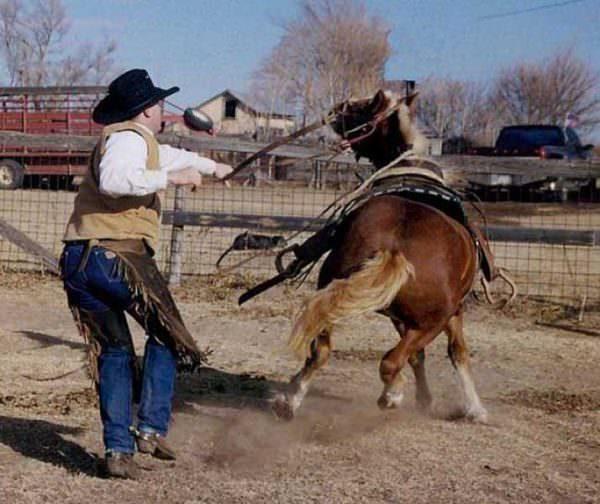

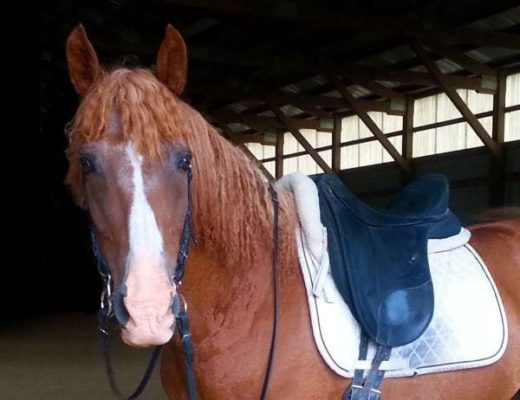
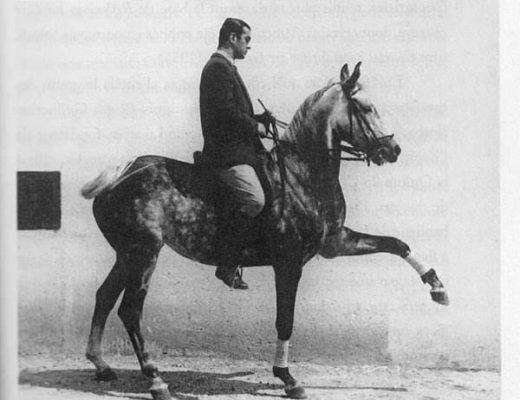
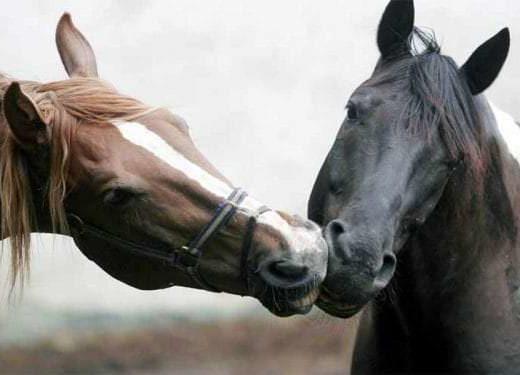
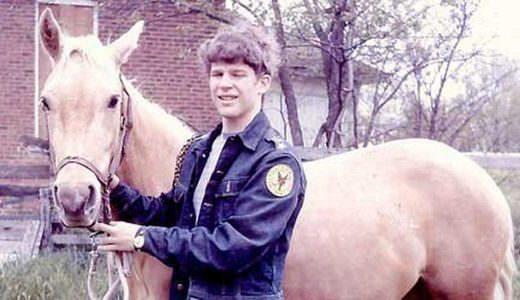
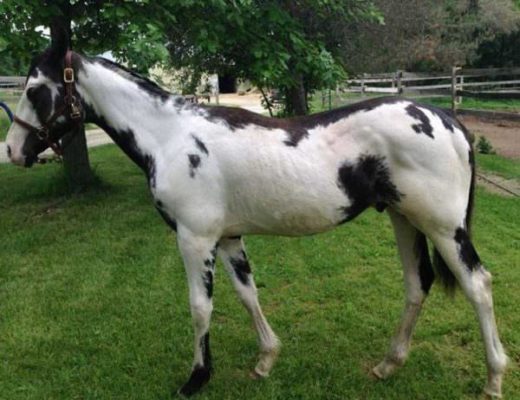
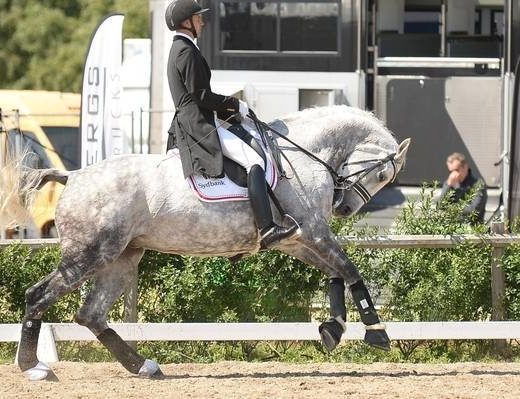
slowly reading through your articles – thanks another great one…i can’t even imagine starting my now 4 year old at 2, if i chose to ignore her physical and emotional immaturity I would set us up for failure…
we did lot’s of ground and liberty work and this spring she turned 4 and was ready..the whole starting up process was smooth and fun (in spite of the fact that she is a hot stuff ;o), but we still take it easy and make it more fun than work…she’s still a baby at 4
Kudos to you for that! 🙂 I am always reminded just how young in the mind my own 5 year olds are when I see them cavorting around in the pasture… and thinking to myself I’m glad they don’t try to play with me in the same rough manner!
You seem to think that all 2 year olds are broken using force and pain. Then again, maybe you are talking about the people who do futurities and races only? I rode my two year old filly in nothing yesterday. Yes I said NOTHING, it was not a typo. No halter, no bit, no bridle, no reins, no lead rope, no rope, no chains, no saddle, no saddle pad. She was as free as could be in a pasture and I used no force, just patience. Only took THREE days of training for her to let me sit on her when she walked. The first day I sat on the fence above her and then jumped up and down next to her as if I was mounting. The second day I did that but also laid over her back keeping my weight on my mounting block. The third day I put my full weight on her. The fourth day she started walking around freely with me on her back. Everytime she got concerned I slid off and reassured her, then got right back on. It was easy really. They only time she did any thing was when hopped a little bit when I rubbed her coup. And then of course, not only am I training her using gentle methods, but I do not plan to do futurities or racing with her.
Riding 2 year olds isn’t just about applying excessive force to them in the process or overwhelming their mental capabilities; it’s also about the physical stress placed on parts of their body that are not finished developing. There isn’t a single 2 year old horse on this planet whose spine is finished developing. That should be a primary reason not to start riding 2 year old horses.
Agreed… The method of breaking is a minor factor, in my opinion. Do you know what it means when a horse’s knees are “open”? Did you know that the virtibre are not fused fully until 5-6 and exhibit significant gaps between bone? Just because you can do it in a gentle way doesn’t mean it’s ok to do it. You may not see it now, but riding a horse so young is setting yourself up for a horse that will need vet maintenance by the time they hit their prime. It’s just not worth it IMO – that is if you want your riding horse to last into their 20s without having to get their joints injected every 6 mos.